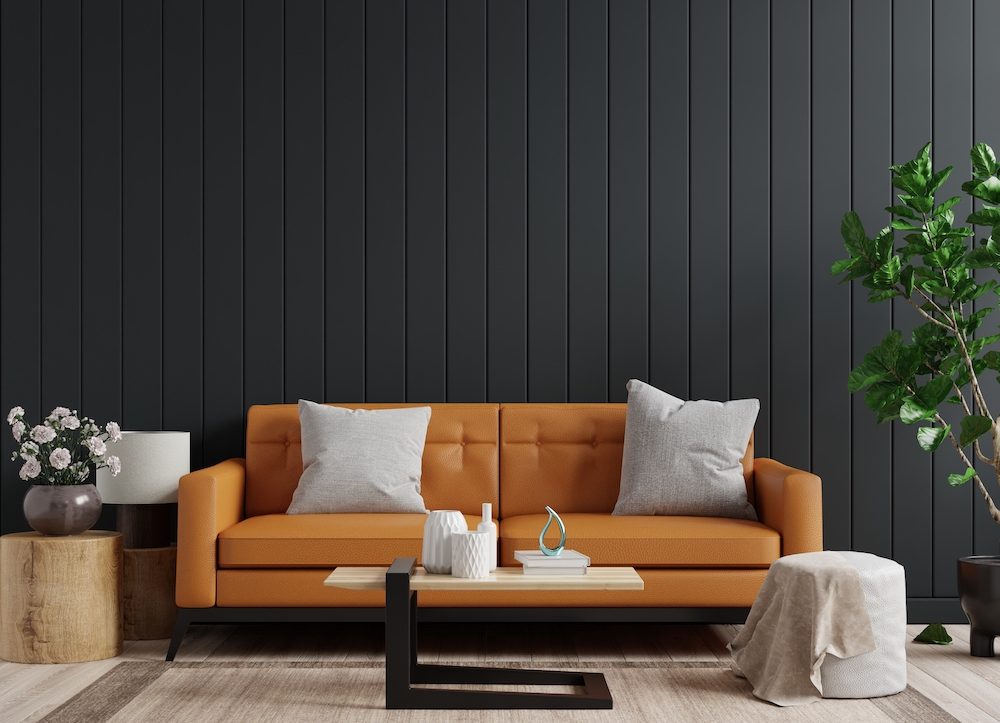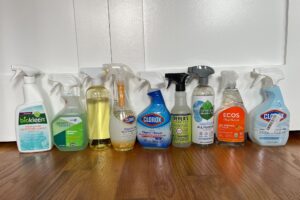A leather sofa is a luxurious addition to any home, offering both comfort and style. However, they require special care to maintain their appearance and longevity. Regular cleaning and proper maintenance are essential to prevent damage and keep your leather sofa looking its best. In this article, we’ll look at some DIY leather sofa cleaning tips, focusing on techniques that are both effective and gentle on the furniture.
Learn About Leather and Its Needs
Leather is a natural material that is susceptible to the elements, including dirt, moisture, and sunlight. It’s important to know what type of leather your sofa is made of, whether it’s full-grain, top-grain, or composite, because different types can require different types of maintenance. In general, leather sofas should be dusted regularly, thoroughly cleaned occasionally, and conditioned to keep the material soft and crack-free.
Dusting and Vacuuming
The first step in caring for your leather sofa is to remove any dust or loose dirt. Use a soft, dry cloth or a vacuum cleaner with a brush attachment to gently dust the surface. Regular dusting prevents particles from getting into the leather and causing scratches. For best results, incorporate dusting into your weekly cleaning routine to keep your sofa looking like new.
DIY Leather Cleaner Recipe
Homemade leather cleaner is a cost-effective and natural way to maintain your sofa. Combine ¼ cup white vinegar with ¼ cup olive oil in a spray bottle. Shake the bottle well to combine the ingredients. Test the solution on a small, inconspicuous spot on the sofa to make sure it doesn’t cause discoloration or damage. If it’s safe to do so, spray the cleaner onto a soft cloth and gently rub the leather in a circular motion. Vinegar helps clean leather, while olive oil conditions and adds a subtle shine.
Treat Spills and Stains
Accidents happen, and if a spill occurs, it’s important to act quickly. Blot (don’t wipe) spills with a clean, dry cloth to absorb as much liquid as possible. For oil stains, sprinkle a small amount of baking soda onto the affected area, let it sit for 15 minutes, then gently brush it off. For tougher stains, use a leather-specific cleaner according to the manufacturer’s instructions. Always test a cleaner on a hidden area first to make sure it won’t damage the leather.
Maintaining Your Leather Sofa
Conditioning is an important part of leather care. It helps prevent leather from drying out and cracking. You can use a store-bought leather conditioner or make your own by mixing 1 part lemon juice with 2 parts olive oil. Apply the conditioner to a soft cloth and rub it into the leather in a circular motion. Let the conditioner sit for about 15 minutes, then wipe the leather with a clean, dry cloth to remove excess conditioner. Regular conditioning (every 3-6 months) will help maintain the suppleness and shine of your leather.
Protect your leather sofa
To prolong the life of your leather sofa, avoid direct sunlight and heat sources, which can cause the leather to fade and dry out. Keep the sofa away from windows and radiators. Also consider using a leather protection spray designed to protect against spills and stains. Apply the protector according to the manufacturer’s instructions and reapply as needed to maintain its effectiveness.
Fixing cracks and tears in leather
Over time, leather can develop cracks or tears due to wear and tear. For minor cracks, you can use a leather repair kit that contains fillers and stains. Follow the kit’s instructions to fill the crack and blend the repair into the surrounding leather. For more serious damage, it’s best to consult a professional leather restoration specialist who can provide a more thorough repair.
Maintaining leather sofa hardware
If your leather sofa has metal or wooden components, don’t neglect them in your cleaning routine. Wipe metal parts with a damp cloth and dry thoroughly to prevent rust. Wooden parts should be dusted regularly and wood polish or furniture oil applied to maintain the finish.
Conclusion
Maintaining your leather sofa involves regular cleaning, conditioning, and protection to ensure it remains a beautiful and functional part of your home. By following these DIY tips, you can enhance the quality and appearance of your leather furniture
FAQs
if my leather sofa gets a water stain?
Blot the stain gently with a dry cloth. Allow the area to air dry completely, then apply a leather conditioner to restore moisture and prevent further damage.
Are there any natural oils I should avoid using on leather?
Avoid using essential oils, mineral oil, or cooking oils as they can damage leather. Stick to natural oils specifically recommended for leather care.
How can I prevent my leather sofa from cracking?
Regular conditioning helps maintain leather’s flexibility and prevents cracking. Additionally, avoid exposing your sofa to direct sunlight and heat sources.



